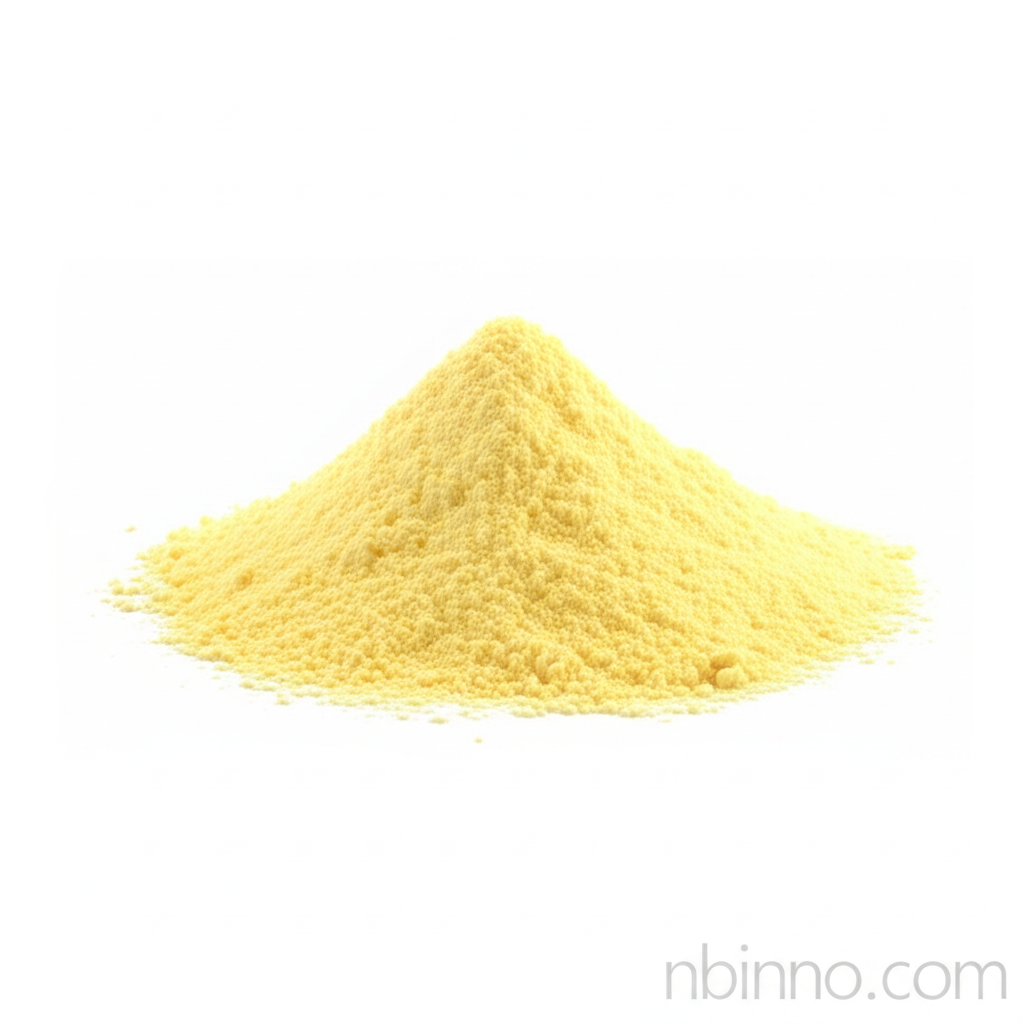DL-5-(1,2-Dithiolan-3-yl)valeramide: A Deep Dive into Its Properties, Applications, and Market Potential
Discover the comprehensive details of DL-5-(1,2-Dithiolan-3-yl)valeramide, a key compound for liver health and chemical research.
Get a Quote & SampleProduct Core Value

5-(1,2-Dithiolan-3-yl)valeramide
This chemical compound, known for its potential as a hepatoprotectant, offers a unique molecular structure with disulfide bonds, making it relevant in various biochemical pathways. Its functional relation to lipoic acid underscores its importance in metabolic research.
- Explore the chemical properties of 5-(1,2-Dithiolan-3-yl)valeramide, including its molecular formula C8H15NOS2, essential for understanding its reactivity and applications in liver care.
- Investigate the typical appearance of this compound as a pale yellow crystalline powder, a key physical characteristic for quality control and identification in chemical synthesis.
- Understand the purification methods for 5-(1,2-Dithiolan-3-yl)valeramide to ensure high purity for research and potential therapeutic uses.
- Learn about the role of thioctic amide in liver care and its applications as a metabolic enhancer in biochemical studies.
Key Advantages
Hepatoprotective Potential
The primary application of 5-(1,2-Dithiolan-3-yl)valeramide lies in its proposed role as a hepatoprotectant, offering a pathway for liver health support. Understanding the DL-5-(1,2-Dithiolan-3-yl)valeramide uses is crucial for its application.
Chemical Purity and Assay
With an assay typically around 99.0%-101.0%, this compound ensures reliable results in scientific research and development, contributing to the precision of experiments in liver care.
Metabolic Relevance
As a known metabolite, its study contributes to understanding biochemical processes, particularly its functional relationship to lipoic acid in various biological systems.
Key Applications
Liver Health Support
The compound is explored for its efficacy as a hepatoprotectant, contributing to the development of treatments for liver conditions through the study of DL-5-(1,2-Dithiolan-3-yl)valeramide uses.
Biochemical Research
Its role as a metabolite and its connection to lipoic acid make it a valuable subject for biochemical research, particularly in areas of metabolism and oxidative stress.
Chemical Synthesis
As a fine chemical, it serves as a building block or intermediate in the synthesis of more complex molecules, essential for advancing various chemical industries.
Nutritional Science
Given its relationship to lipoic acid, research into this compound can shed light on nutritional pathways and potential dietary applications, supporting advancements in health and wellness.
